The Shepparton region, located in the heart of the Goulburn Valley, the “Food Bowl of Australia” is fast becoming a hotbed of utility-scale solar PV activity. So much so that the Greater Shepparton City Council “called in” Victorian Planning Minister, Richard Wynne, because the Council did not feel it had the requisite planning guidelines to adjudicate upon four potential large-scale solar farms amid concerns from local farmers and residents.
The first of these projects, the 68 MW Congupna Solar Farm, was pushed through by the State last year, with enough force, it seems, that the Andrews Government felt it necessary send down some new planning guidelines for large-scale solar farms on the back of it.
The three other farms, given final approval by Wynne on Friday, are the Tatura East (45 MW – CleanGen Power), Tallygaroopna (30 MW – X-Elio) and Lemnos (100 MW- Neoen) solar farms. Combined the three farms will consist of 650,000 solar panels and generate 175 MW of solar energy.
However, some farmers and residents are upset that the state government approved the three projects before the guidelines it introduced in response to the first are officially adopted. Minister Wynn has insisted that “these permits were approved after a thorough review by independent experts and consultation with the community.”
The issue at hand is that Tatura East, Tallygaroopna and Lemnos are situated on prime agricultural land, land which will now see $2 billion in Government grants for irrigation upgrades go to waste. A particular gripe seems to be the solar farms close proximity to fruit orchards, orchards which farmers are worried will suffer heat effects associated with solar farming.
According to the ABC, though a three-week independent panel hearing on the proposals took place, farmers and residents are insistent their gripes have fallen on deaf ears. The independent panel heard complaints as to heat effects, the use of agricultural land, wasted irrigation infrastructure and a lack of scientific research into the impacts of solar farming.
Of course, an apparent absence of scientific evidence about the impacts of solar farming does not infer the presence of scientific evidence in the farmer’s favour. “We’ve done the work to address local concerns” said Wynne, “and made sure all potential impacts on irrigation farmland and the district more broadly were considered in the decision.”
“These applications went through an independent panel process” continued Wynne, “this could not be a more transparent process. The three applications had to be considered under the planning scheme that was in place at the time.”
Once the new guidelines are adopted (in coming weeks), all new applications for large-scale solar farms will reside under the Minister for Planning’s jurisdiction. Considering the Victorian Government’s determination to reach 40% renewable energy by 2025, one might assume that the pipeline of large-scale projects in Victoria will find a steady flow.
This content is protected by copyright and may not be reused. If you want to cooperate with us and would like to reuse some of our content, please contact: editors@pv-magazine.com.
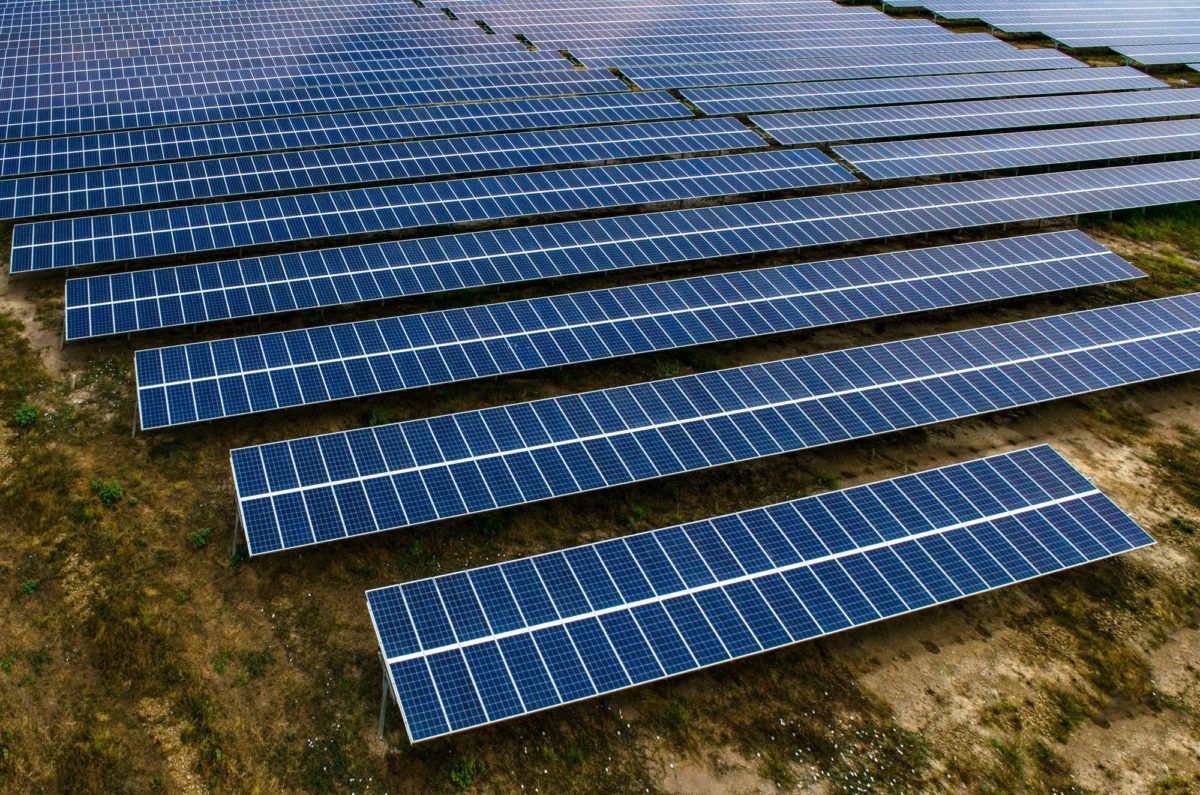


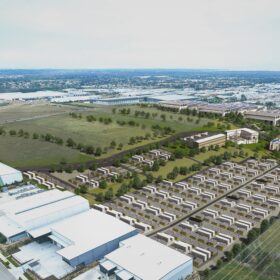

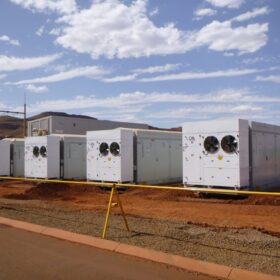
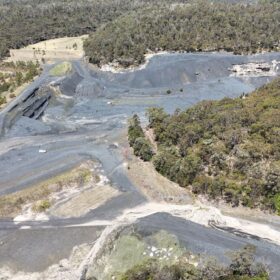
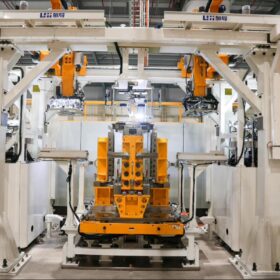
By submitting this form you agree to pv magazine using your data for the purposes of publishing your comment.
Your personal data will only be disclosed or otherwise transmitted to third parties for the purposes of spam filtering or if this is necessary for technical maintenance of the website. Any other transfer to third parties will not take place unless this is justified on the basis of applicable data protection regulations or if pv magazine is legally obliged to do so.
You may revoke this consent at any time with effect for the future, in which case your personal data will be deleted immediately. Otherwise, your data will be deleted if pv magazine has processed your request or the purpose of data storage is fulfilled.
Further information on data privacy can be found in our Data Protection Policy.